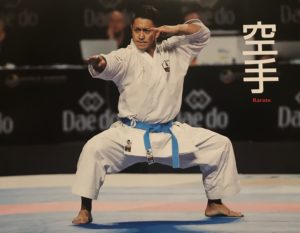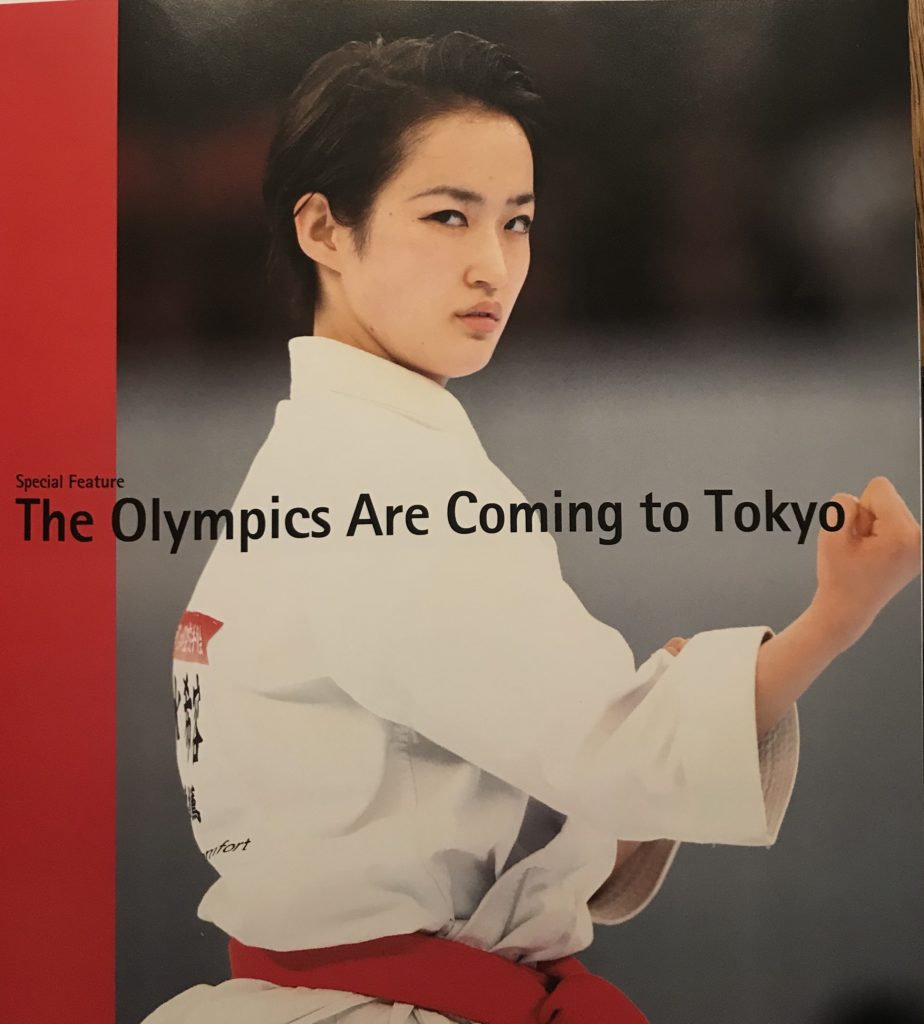 Karate will appeare for the first time as an official Olympic sport at the Olympic Games Tokyo 2020. Meanwhile, judo has become immensely popular around the world since its debut at the Olympic Games Tokyo 1964.
Karate will appeare for the first time as an official Olympic sport at the Olympic Games Tokyo 2020. Meanwhile, judo has become immensely popular around the world since its debut at the Olympic Games Tokyo 1964.
Karate evolved as a martial art practiced with bare hands. Originating in an indigenous Okinawan martial art called te (hand, pronounced “tii” in Okinawan), karate was born through a fusion with various Chinese techniques. Over time, it gradually developed and became more sophisticated in its birthplace, Okinawa. Around the 1920s, karate spread throughout Japan. Japanse emigrants are credited with bringing it to the global stage. Today, karate has become the common language of an international community with more than 2 million practitioners in Japan and 130 million practitioners around the world. Foto: Ryo Kiyuna, Weltmeister Kata 2018/16/14, 18-facher K1 Premier League Sieger.
Karate consists of offensive techniques that use the entire body, such as punching and striking with the fist as well as kicking, and guarding techniques to counter the offensive techniques. The purpose of these techniques is not to bring down the opponent, but mainly to defend oneself against enemies. That is why techniques and training envision situations in which one hat do defeat opponents who attack from all directions while protecting oneself.
As a sport newly added to the Olympic program for Tokyo 2020, karate will feature two events. One of them is kata, which literally means “forms” and refers to the detailed patterns of movement of the sport. In this event, competitors will take the mat alone and demonstrate their kata. They will be judged on the expressive power of their techniques in terms of degree of training and proficiency. The outcome of the competition will be determined based on points assigned by the judges. In addition to precision of technique, points will be awarded for spirits and attitude, power, and speed fluctuation – in other words, how real the competitor’s performance appears, as if facing an opponent in a real life situation.
Kata are considered accumulations of the physical techniques used in karate. They are refined by preceding generations of karate practitioners. It is necessary to understand the meaning of the techniques that compose each kata – the offensive techniques such as tsuki and keri, as well as the defensive techniques such as uke – in order to convey the true meaning of karate. Karateka learn to perform powerful kata by engaging in practice with an earnest mindset as if confronting real opponents, and training with persistence on a daily basis without neglecting a single aspect of the technique.
The second event, kumite, is a real combat-style competition in which two opponents will face each other in the competition area. They will be awarded points for applying, with a correct form and in appropriate manner, technique to determined places on the opponent’s body. Kumite is distinguished by dynamic offense and defense that use tuski and keri. Speedy and energetic, kumite has a different appeal than the performance-like beauty of kata.
Published by: Ministry of Foreign Affairs of Japan, Tokyo






